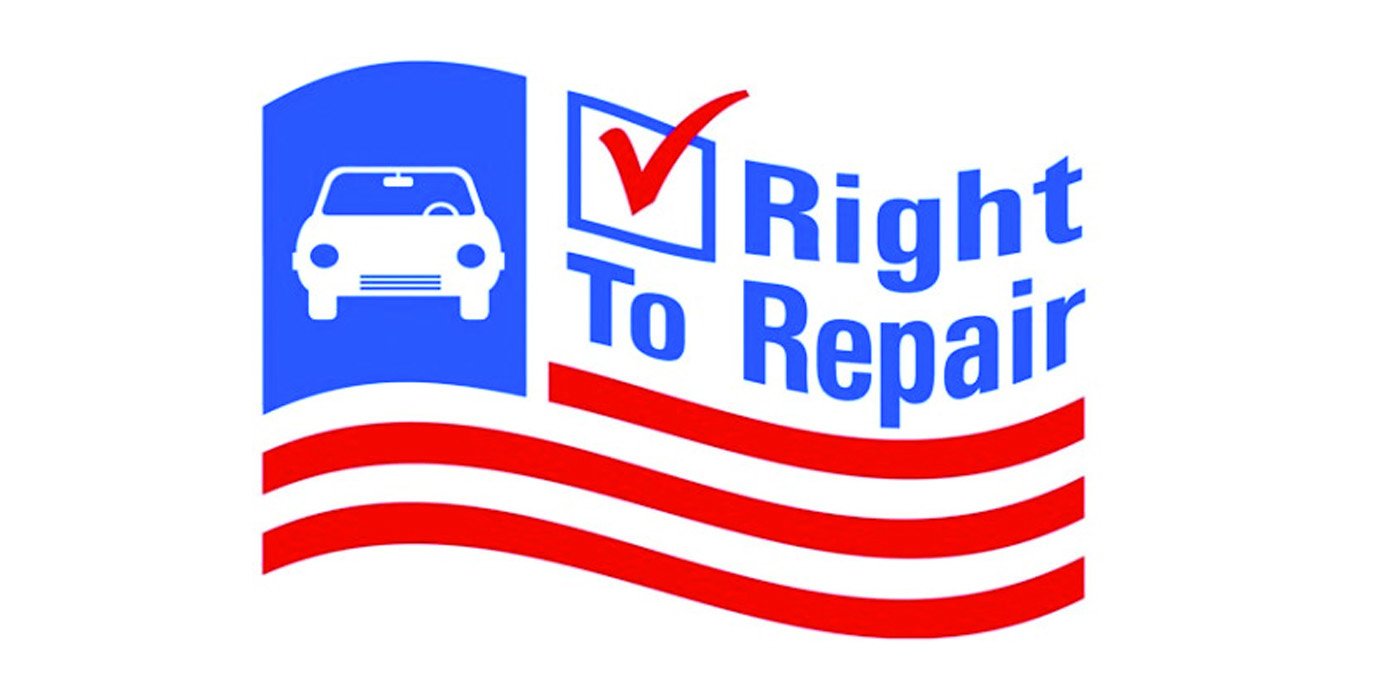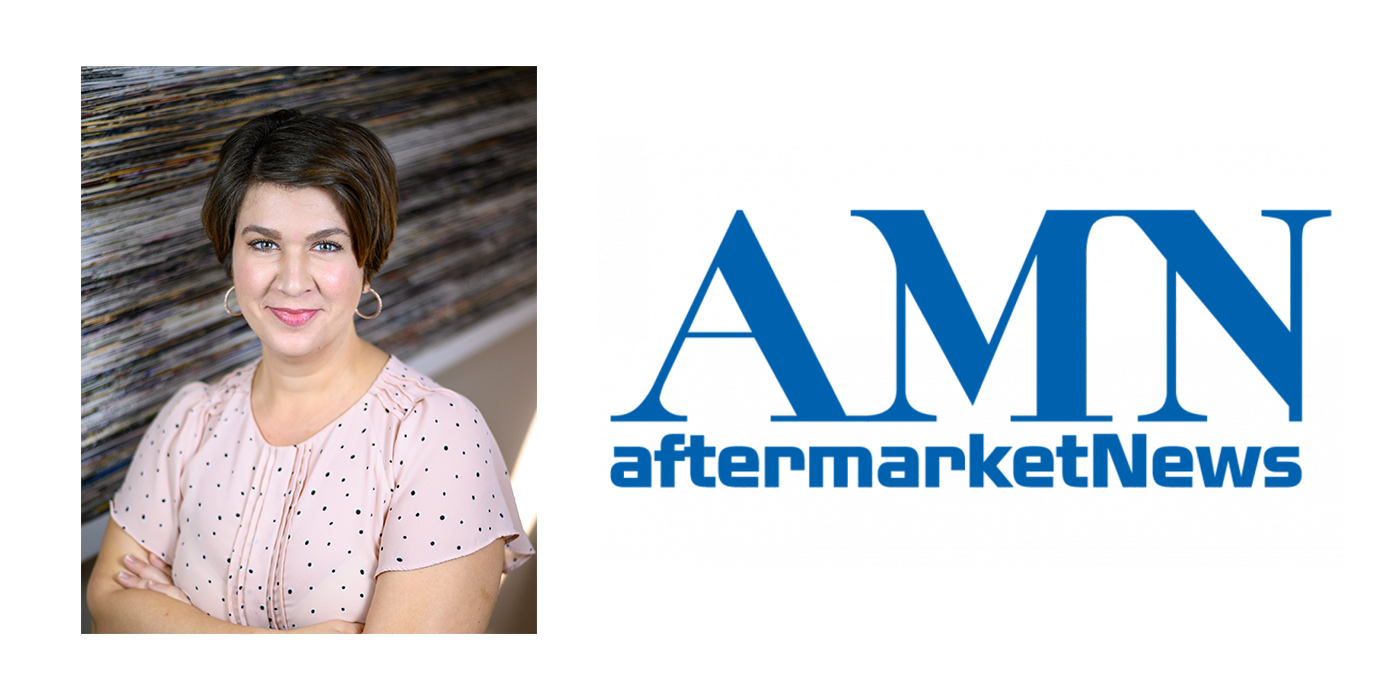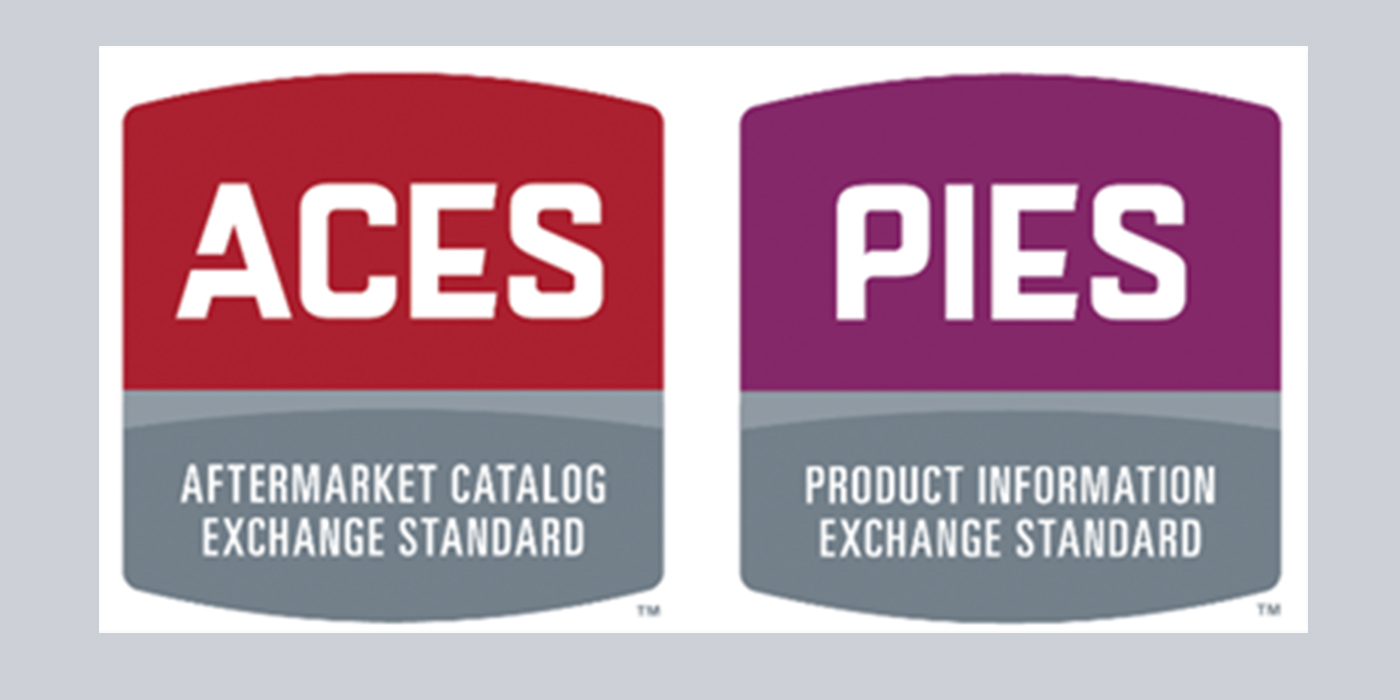Originally posted on Counterman.com
Our electronic catalog systems are among the most important tools in our arsenal of parts-counter knowledge. They serve as a “one-stop shop” for fulfilling the majority of our parts requests – collecting vehicle and component information from a wide array of aftermarket vendor sources into one convenient database. We repeatedly interact with our catalogs each day, pumping them for the information we need to supply the appropriate parts, supplies and services to our customers.
We tend to take our catalogs for granted, and most of us don’t give a second thought to where that wealth of information actually comes from. In today’s “on-demand” world, it’s a given that the answers to our questions are at our fingertips. But, a considerable amount of work goes into providing the data required to make our catalogs efficient, powerful and (above all) accurate sources of information.
Standardization can be seen in many aspects of our industry, from packaging quantities to sizing, even part identification and numbering. Somewhere along the way, the aftermarket generally settled on selling quarts of oil and gallons of coolant; engineers quantified thread-pitch, tube and hose dimensions; and store-brand products implemented numbering systems, often based on those of major manufacturers. This makes it much easier to identify and compare equivalent products, and also gives us a “common language” when interacting with customers, co-workers and others in our industry.
Standardization of data is just as important for catalog managers, and it has significant benefits to those of us at the front counter too! Understanding the need for a common data language, the Auto Care Association developed two standards for data exchange – ACES and PIES – which now are used to help distribute electronic parts and application data throughout the North American aftermarket.
The Aftermarket Catalog Exchange Standard (ACES) is the standard concerning vehicle-fitment information. For each part found in our catalog, the supporting ACES file encodes vehicle information for each application for which that part fits. This includes year/make/model information, as well as other qualifiers like part category and type, as well as brand names. It also contains data regarding differences in optional equipment. For instance, the ACES file for an intermediate parking-brake cable might indicate that it’s only applicable to a truck with a certain wheelbase.
PIES is the Product Information Exchange Standard, governing the format of files containing data that describes characteristics unique to the part itself. SKU, UPC, pricing and packaging information can be encoded into the PIES file, as well as dimensions and other descriptive physical information. PIES files use many of the same source databases as ACES files, with the exception of vehicle configuration. The PIES file for that same brake cable would not contain vehicle-fitment information, but might give the actual length of the cable and a photo or diagram of the part.
ACES and PIES standards are used together to provide uniformly formatted files when transmitting parts information between users. This common language allows aftermarket manufacturers, catalog managers and parts personnel to share a dynamic and thorough description of each part, along with its appropriate usage. These file databases are NOT actual catalogs, and unless you’re already familiar with ACES and PIES (and fluent in computer programming), you probably couldn’t decipher most of the information contained in these files anyway. Auto Care developed these standards and maintains these databases to make data encoding and transmission more universal within the aftermarket supply chain, but the end result is a more complete and powerful source of electronic catalog information at our front counters!














